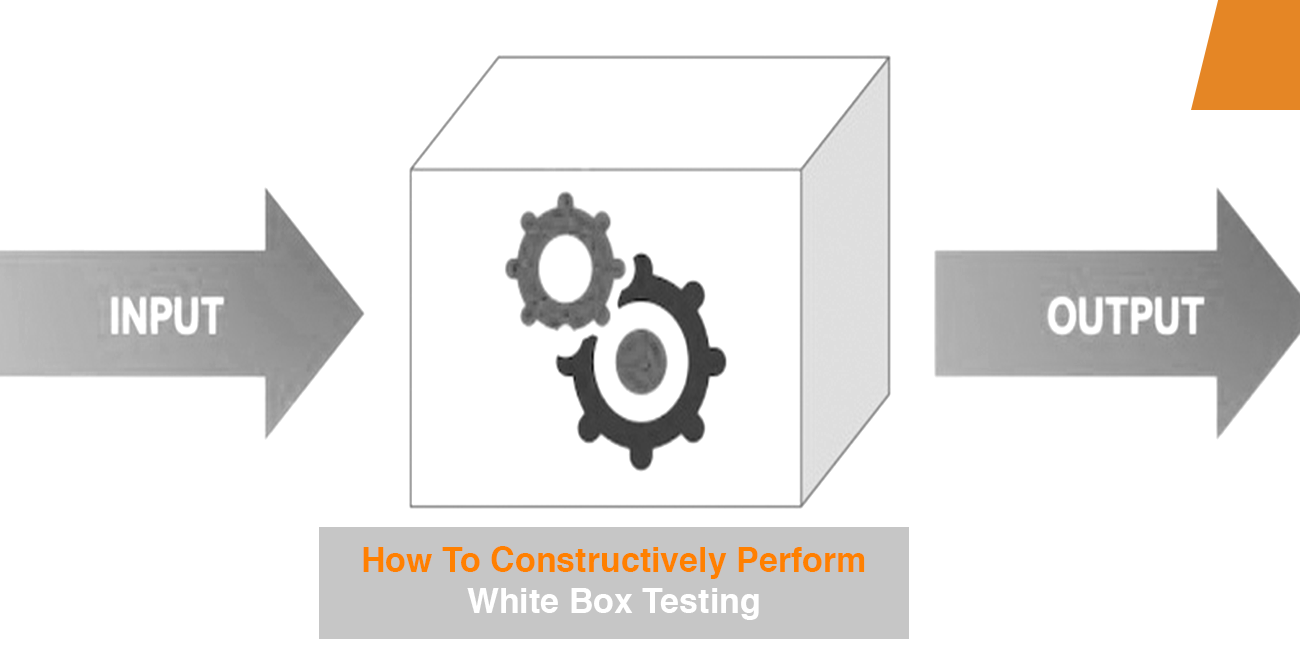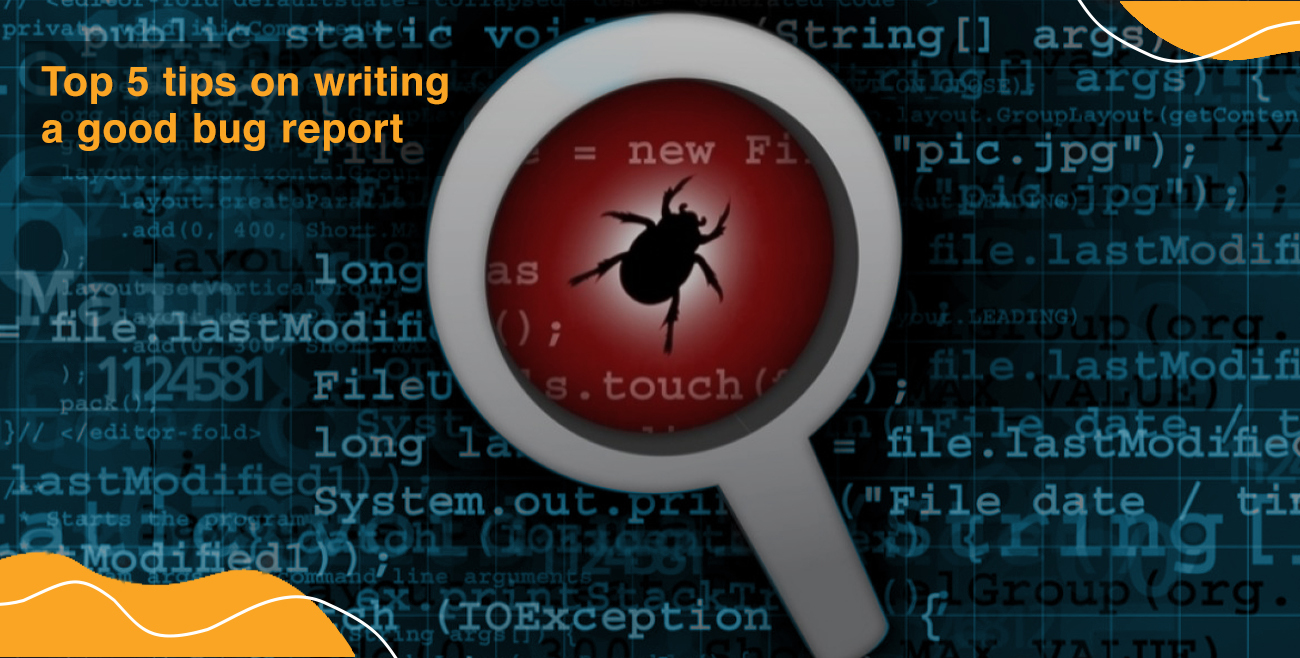White box testing is also known as structural, glass, or clear box testing. This software testing method determines the correctness of the program’s output by evaluating and examining the source code of the program and its parts during the testing process. White box techniques can test most types of programs, such as those written inC/C++, Java or any other programming language.
White box testing can help to reveal different kinds of software errors like logic errors, omission, defective algorithms and more. Here are some tips on using white box testing in your work as a tester.
1) Understand the Software You are Testing
This is advisable for you to have a working knowledge of the system you are testing. This will help you better understand the software, which will make your tests more specific to what is there. You can refer to design documents, look at UML diagrams, or use a source code browser. If your project uses an existing framework or libraries, go ahead and check them.
2) Decompose the Software to be Tested
Decomposition is a powerful white box testing technique because it reduces the system into its parts. This will further help you identify which part of the system you should test and what methodologies and techniques can be applied. For example, you can use the ‘divide and conquer approach or model-based testing.
3) Check the Code Coverage
Checking code coverage helps determine which parts of your system are not being tested. This can be achieved by using a tool that provides you with a code coverage reporting feature. Set the code coverage to 100% or higher before beginning test execution. You can use data-flow testing, decision table testing or state transition testing.
4) Use Boundary Value Analysis
This is a white box test design technique that focuses on the boundaries or limits of an input domain. You can use boundary value analysis to check if your system works correctly at the boundaries of its specification, implementation and interface. This will help you determine if the input values lie within set limits.
5) Use Cause-Effect Graphing
This is a white box testing technique that uses the cause and effect graph to represent inputs, their conditions and effects, and machine states and actions. This can test a program’s runtime behaviour by checking its error handling mechanism. Cause-effect graphing can also determine if the program terminates upon receiving invalid inputs.
6) Use Decision Table Testing
This white box testing technique uses decision tables to organize test scenarios and cases. You have to list all possible combinations of input conditions for your system, including valid and invalid inputs. Decision tables can be difficult to design and maintain, but they are helpful when executed.
7) Use Code Coverage-Based Technique
This white box testing technique uses code coverage reports from your test tool to determine which parts of the program have been exercised by a test suite. You can use data-flow testing, state transition testing or decision table testing.
8) Use Equivalence Partitioning
This is a white box test design technique that partitions the input domain of your system into equivalence classes, establishing boundaries between valid and invalid groups. Equivalence partitioning can be used to identify if your system works correctly with errors. This is helpful when checking boundary values and invalid inputs.
9) Use Path Testing
This is a white test design technique that builds and tests all possible paths within the code of your program. Path testing can determine if your system works correctly with errors at boundaries or limits of the input domain. You can use data-flow testing or state transition testing for this.
10) Use Stubs and Drivers
This white box testing technique uses stubs and drivers to test your system depending on its interface. This will help you determine if the code at the interfaces works as expected by setting up testbeds. You can use data-flow testing or decision table testing for this approach. For more information on white-box testing techniques, you can refer to the book “Software Testing Techniques” by Boris Beizer.
Final thoughts
Now that you learned about the 10 most popular white box testing techniques, you should identify which one works best for your system. Then, depending on your project’s requirements, you can use these techniques for unit testing, integration testing, system testing, or functional testing. White box testing is referred to as “clear box testing” or “glass box testing.” These terms originated from the idea that people can look into software and see what’s going on, just like looking through clear glass.
At HikeQA, we take pride in developing and delivering high-quality test automation solutions that address client needs. We offer end-to-end testing solutions that help you deliver better quality and value to your clients. You can contact us and learn more about our test automation services.

















